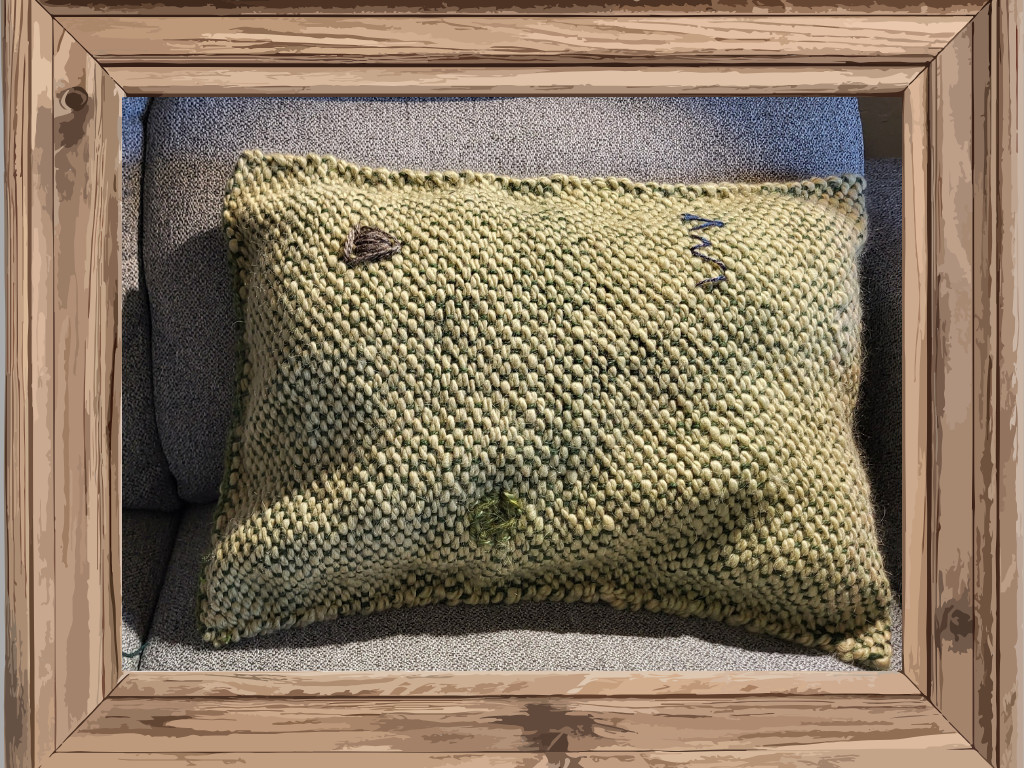Last week, I mentioned that I brought home some brand-new products from Tajikistan from the Boulder Dushanbe Teahouse 25th Anniversary celebration in Boulder, Colorado. I just couldn’t resist these dramatic items– all featuring one of my favorite natural stones, brilliant blue lapis lazuli. I hope to have the new product pages up on the HoonArts website by next week. In the meantime, here’s a couple of photos and some background on this gorgeous stone to whet your appetite.

Lapis Lazuli and Sterling Silver Jewelry

Miniature Mosaic Paintings of Tajikistan
What is Lapis Lazuli? Lapis lazuli, often hailed as the "stone of heaven," is a breathtakingly vibrant gemstone that has captivated humanity for centuries. Composed of multiple minerals, including lazurite, calcite, and pyrite, lapis lazuli ranges in hue from deep violet blue and royal blue to light blue to turquoise to a greenish blue. The combination of different minerals in the aggregate determines the color. The higher the percentage of lazurite grains in the aggregate, the darker the blue color. A mineral called afghanite creates a pale blue shade. In its most prized form, the stone exhibits a deep royal blue color with golden flecks of pyrite and no visible calcite.
Origins and Mining: Lapis lazuli has a rich history and is sourced from various high altitude regions across the globe. While the most renowned source is the Sar-e-Sang mines in the rugged mountains of Badakhshan, Afghanistan, there are other notable sources as well, including Chile and Lake Baikal in Siberia, Russia. One such source is the lapis lazuli mines at the Lojvar Field in the southwestern Pamir region of Tajikistan (not too far as the crow flies from the Sar-e-Sang mines of Afghanistan), discovered in the 1930’s. Other minor sources include Angola, Canada, Colorado & California (US), and Pakistan.

Location of Sar-e-Sang Lapis Lazuli Mines of Afghanistan

Location of Lapis Lazuli Mines in Pamir Mountains of Tajikistan
Historical Significance: Lapis lazuli's history spans across civilizations, and its value and allure have remained constant throughout time. From ancient Egypt to Mesopotamia, this gemstone has adorned royal thrones, and illuminated manuscripts and religious artifacts, leaving an indelible mark on art and culture.
First mined 6,000 years ago, the rock was transported to Egypt and later to Europe where it was used in jewelry and paint pigment. The road used for transportation of the mineral to other countries was called “The Great Lazuli Road”. The Sar-e-Sang deposit was described by Al-Biruni (11th century), and the stone was called the “Badakhshan lazuli.”
Europeans called the expensive powdered pigment ultramarine, which literally means over the sea. Lazurite was found in Egyptian tomb paintings as early as the Fourth Dynasty (sixth century B.C.). The statue of pharaoh Tutmos III was covered with lazurite, known to the ancient Egyptians as the "sky stone." Raphael, Leonardo da Vinci and Michelangelo Buonarotti used the pigment. The two large (five meters high) central columns of the iconostasis of Isaacs Cathedral in St. Petersburg were made in 1854 from Badakhshan lazurite, purchased by Russian empress Ekaterina II at the price of a pound of silver for a pound of stone.
Lazuli was used for making balls on the headgear of Chinese mandarins, as a symbol of their power. Lazuli powder was also used in ceramic production for making enamels, glaze, Chinese porcelain and Venetian glass. The blue domes of mosques and clay tiles of minarets and madrassahs in many Central Asia cities also contain some of this wonderful stone.
Up to the early 20th century this mineral was considered medicinal in Central Asia. It is known that it was used for treating eye diseases and improving blood coagulation.
Despite its widespread reputation, the exact location of lapis lazuli mines remained hidden for most of history. Usually people said it was from Bukhara, Turkestan, Afghanistan, India, Persia, and Tibet, but those were only places where it was sold. To protect mines from looting, in past centuries an unauthorized approach was penalized by capital punishment, and miners themselves were secured to the walls of mine shafts by chains. Lazurite was considered to be a sacred stone, and the right to manage its production was held by the emir himself. Only in the early 19th century was the location of the Sar-e-Sang mines in Afghanistan “discovered” by the larger world.
Contemporary Significance: Lapis lazuli continues to be highly valued and cherished in contemporary times. Its exquisite shades make it a sought-after gemstone for jewelry and artistic creations. The unique combination of deep blue color, golden pyrite specks, and historical significance continue to make lapis lazuli a favorite among jewelry enthusiasts, artists, and collectors.
As you admire a piece of lapis lazuli jewelry or gaze upon its deep blue beauty, take a moment to appreciate the centuries of history associated with this remarkable gemstone and the enduring power of its beauty across time and space. There’s something inspirational about recognizing our shared human admiration for this beautiful blue gift of nature.







Leave a comment